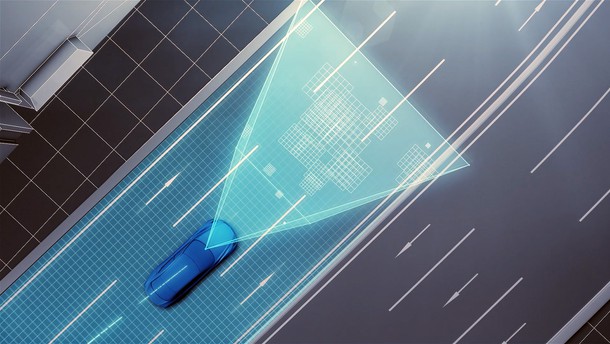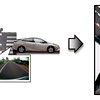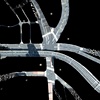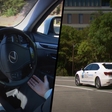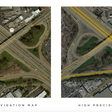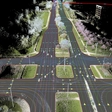
In accordance with safe implementation of automated driving, extremely precise digital maps are required, containing information that would be difficult to gather with vehicles, specially built to serve this purpose. Hence, Toyota's new map generating system will use the videocameras, installed in their production vehicles, as well as their GPS systems to mark the specific locations, gather road images and vehicle positional information. This information will then be sent to data centers, where it will be "automatically pieced together, corrected and updated to generate high precision road maps that cover a wide area." These maps will include various details, such as speed limits, dividing lines, curbs and road signs – all essential for the successful implementation of automated driving technologies.
Up until now, only those specially-designed and equipped vehicles were sent out to gather information, equipped with three-dimensional laser scanners. The vehicles were driven through urban areas and on highways, while collecting data that was manually edited to incorporate information on various road characteristics. The procedure had its flaws and it was terribly time-consuming as well as inefficient. Toyota's system is less accurate than the conventional one, however it's being kept up to date and precise by constant upgrading and correcting data.
Supporting the spread of automated driving technologies, Toyota intends to include this new digital maps generating system as a core element in automated driving cars, made available as production vehicles by around 2020. It is expected for the system to be initially limited to expressways only, but will, in time, cover local roads as well.
